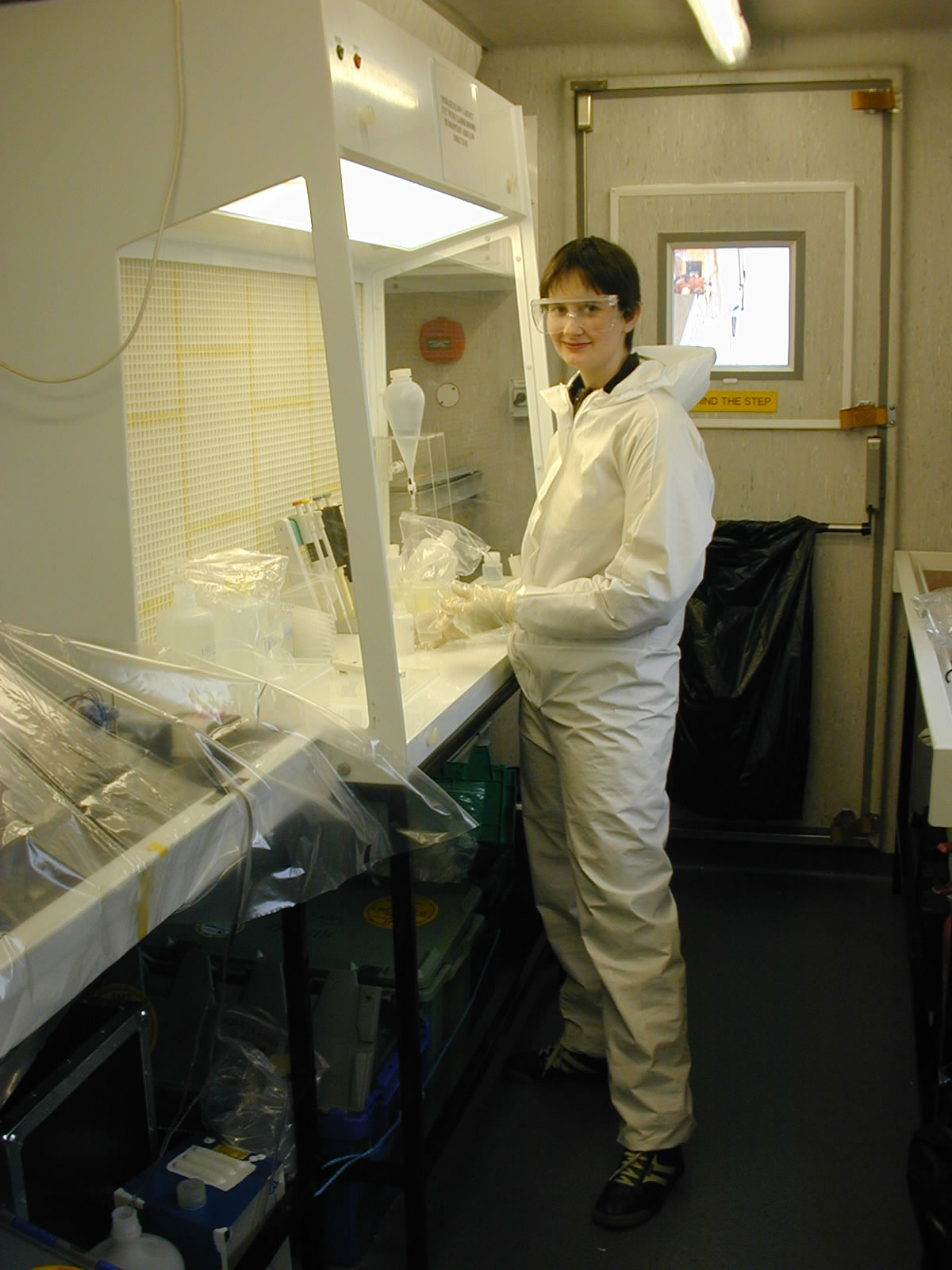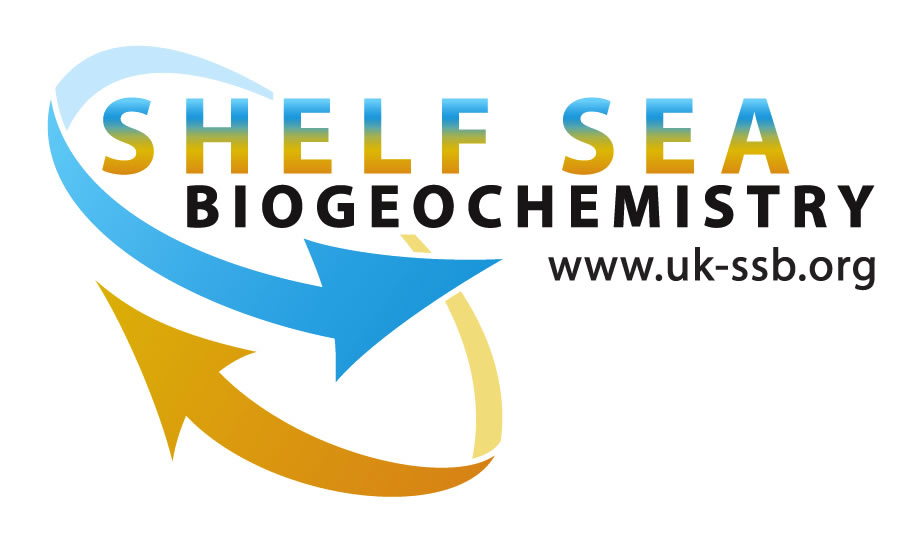Supply of iron from shelf sediments to the ocean
The element iron is a fundamental nutrient for all organisms in marine waters, and yet is only found at extremely low dissolved concentrations. These organisms include phytoplankton, the tiny plant cells that form the basis of the marine food web that extends up to fish stocks and larger marine organisms. Given its importance to life in marine waters we need to understand where iron comes from and where/how it is transferred to the ocean and the life within it. It has been suggested that sediments in shelf seas are an important natural source of dissolved iron to the ocean but is this really the case?
- We will study the processes whereby iron is released from shelf sediments into overlying waters, and how these mechanisms can be influenced by organic matter coming from decaying plant material
- How iron may be lost within the high particle content waters close to the sea floor will be studied as this removal process can strongly influence the fate of released iron, as will interactions with particles over the shelf break in nepheloid (particle rich) layers.
- Organic carbon in sediments is a further factor expected to influence the release of iron that will also be examined. The main impact of the carbon is through the formation of dissolved reduced iron which is much more mobile than the oxidised solid forms of the element.
- Estimate how much Fe may be lost to the open ocean for use by organisms from shelf systems, by combining novel natural radioisotope measurements and advanced UK models of water movement.
-

- Dissolved iron in seawater occurs at very low concentrations (typically less than 1 part in 10 billion on a mass basis). Special clean equipment and protocols are needed at sea including clean vans and non- contaminating suits, as shown here.
Information on strength of sources and processes affecting the element will be fed into the modelling component of SSB by the end of the project (31/03/2017)
The project will aim to :
- Provide new information on processes influencing release of the nutrient iron to shelf waters will allow improved modelling of the size of this source, and of the key processes involved. For example, organic carbon inputs are expected to be associated with iron releases from the sediments, and using models will help extrapolate into the future and how the system will respond to climate change.
- Link the processes impacting iron in shelf waters with physical models and radionuclide estimates of the movement of water off shelf to give new estimates of the size of this source to the ocean. This information will have implications for shelf break and ocean productivity.
- Specific studies of sediment iron geochemistry will help better interpret presently collected data (sediment profile images) on organic carbon within sediments and status of the seabed (direct link to CEFAS work).
- It has been suggested that in iron depleted zones additions of this element may induce blooms and help reduce the atmospheric greenhouse gas carbon dioxide by conversion to organic carbon, some of which can descend to the deep ocean where it is locked away for tens or hundreds of years. However, to understand the impact of any additions we need to better understand the natural sources and fate of iron and the present work will contribute to this aim
The work package involves scientists from 5 universities and institutes as indicated below.





